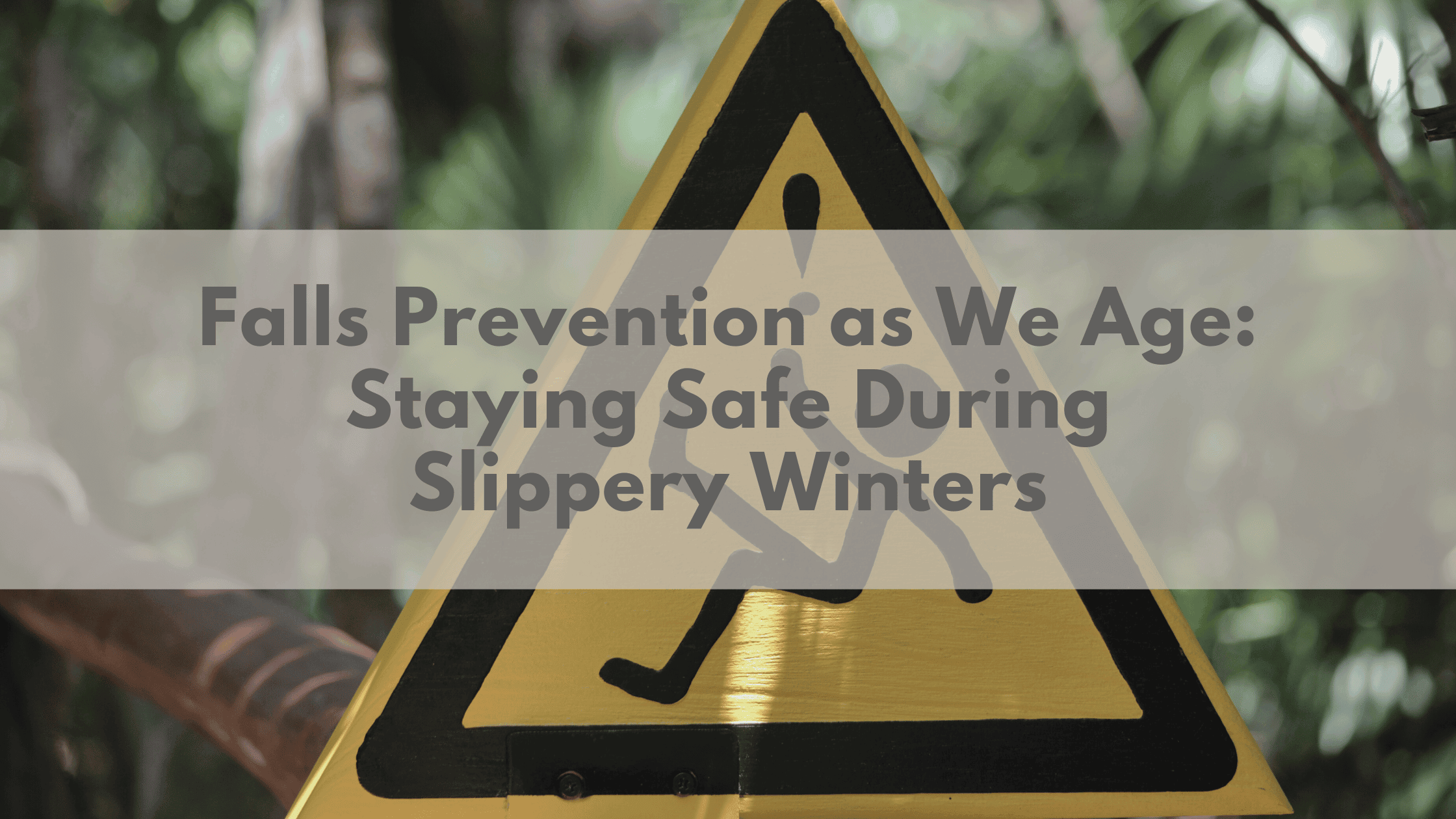Children are naturally curious explorers, often putting objects in their mouths as they learn about the world around them. According to the Victoria Department of Health, this exploration is a normal part of child development. Young children learn by playing with objects, trying to open containers, and mimicking the actions of siblings or adults. Unfortunately, this curiosity can sometimes lead to accidental poisoning. Poisoning can occur in several ways—by swallowing a toxic substance, spilling it on the skin, spraying or splashing it into the eyes, or inhaling harmful fumes.
As noted by a hospital in Melbourne, poisoning can happen to anyone, anywhere, but young children are particularly at risk. The highest incidence occurs in children under five years old, with those between one and three years of age being the most vulnerable.
The home, a place meant to be safe and nurturing, is where most poisoning incidents occur. Many toxic substances are easily accessible to children if not stored properly. While these accidents can be frightening, the good news is that they are largely preventable. By understanding the risks, identifying potential hazards, and implementing essential safety measures, parents and caregivers can significantly reduce the chances of accidental poisoning and keep their little ones safe.
Common Causes of Accidental Poisoning in Children
Many everyday household items that seem harmless to adults can pose a serious risk to children. Some of the most common culprits include:
1. Medications
Prescription and over-the-counter medicines, vitamins, and supplements can be dangerous if taken in the wrong dose. Even a small amount of adult medication can have severe effects on a child.
2. Household Cleaning Products
Bleach, detergents, disinfectants, and other cleaning agents contain strong chemicals that can be harmful if swallowed, inhaled, or spilled on the skin. Their bright packaging may also attract young children.
3. Personal Care and Cosmetic Items
Products such as perfumes, nail polish remover, hand sanitiser, and mouthwash contain alcohol and other toxic ingredients. Even small amounts can cause poisoning if ingested.
4. Pesticides and Garden Products
Bug sprays, weed killers, fertilisers, and rodenticides contain toxic chemicals that can lead to severe poisoning. These should always be stored securely and out of children’s reach.
5. Button Batteries and Small Objects
Found in toys, remote controls, and key fobs, button batteries can cause severe internal burns if swallowed. Other small objects also pose choking or poisoning hazards.
6. Food and Plants
Certain foods and plants, such as toxic berries, wild mushrooms, and some household plants (e.g., oleander, philodendron), can be poisonous if eaten.
Symptoms of Poisoning in Children
Recognising poisoning symptoms early is crucial for timely intervention. Symptoms vary depending on the substance involved but may include:
- Difficulty breathing – Wheezing, shortness of breath, or severe respiratory distress.
- Vomiting or nausea – Stomach irritation leading to nausea, vomiting, or abdominal pain.
- Drowsiness or unconsciousness – Extreme drowsiness, confusion, or loss of consciousness may indicate severe poisoning.
- Seizures – Some toxic substances, especially medications or chemicals, can trigger seizures.
- Skin irritation or burns – Exposure to corrosive substances can cause redness, blisters, or chemical burns.
- Unusual drooling or difficulty swallowing – A sign of ingestion of toxic or corrosive substances.
If you suspect poisoning, seek medical help immediately. Quick action can prevent serious harm and improve recovery chances.
First Aid for Accidental Poisoning
If you suspect your child has been poisoned, follow these steps:
1. Stay Calm
Panic can make it harder to think clearly. Take a deep breath and focus on getting the right help.
2. Identify the Substance
If possible, check what your child ingested, inhaled, or came into contact with. Look at the packaging for ingredients and potential hazards.
3. Call the Poisons Information Centre
In Western Australia, call the Poisons Information Centre at 13 11 26 for expert advice. Provide details about the substance, how much was taken, and any symptoms your child is experiencing.
4. Do Not Induce Vomiting Unless Advised
Vomiting can sometimes cause more harm, especially with corrosive substances like bleach or petroleum products. Follow medical advice before taking any action.
5. Seek Immediate Medical Attention
If your child has difficulty breathing, seizures, severe drowsiness, or loss of consciousness, call 000 for emergency services or go to the nearest hospital emergency department.
Quick action and knowing the right steps can prevent serious harm and improve your child’s chances of a full recovery.
Prevention Strategies: Keeping Your Child Safe
Poisoning is preventable with proper precautions. Follow these key safety steps:
1. Safe Storage
- Keep medications, cleaning products, and chemicals out of reach.
- Use childproof locks on cabinets.
- Store items in original containers with clear labels.
2. Supervision & Education
- Never leave hazardous items unattended.
- Teach children about the dangers of unknown substances.
- Avoid calling medicine “lollies” to prevent confusion.
3. Safe Home Practices
- Regularly inspect your home for poisoning hazards.
- Dispose of expired medications properly (e.g., return to a pharmacy).
- Keep the Poisons Information Centre number (13 11 26) visible for emergencies.
Simple steps can help keep your child safe from accidental poisoning.
At Plexus South Yarra, we understand that your child’s safety is your top priority. Our experienced GPs and allied health professionals provide expert guidance on poison prevention, child safety, and emergency response. Whether you need advice on safe medication storage, first-aid tips, or urgent care for poisoning incidents, our team is here to support you.
Need expert advice? Contact Plexus South Yarra today to book an appointment and ensure your child’s health and safety.




